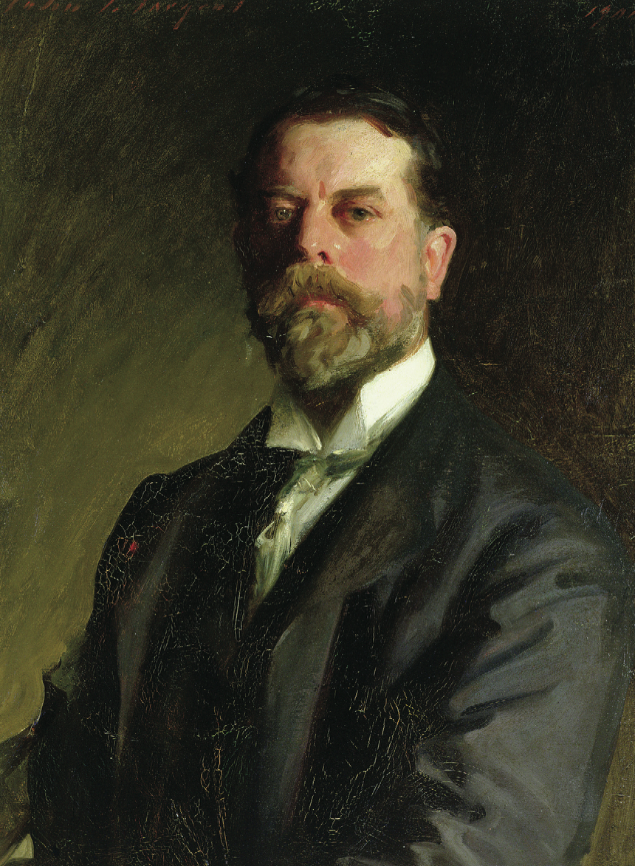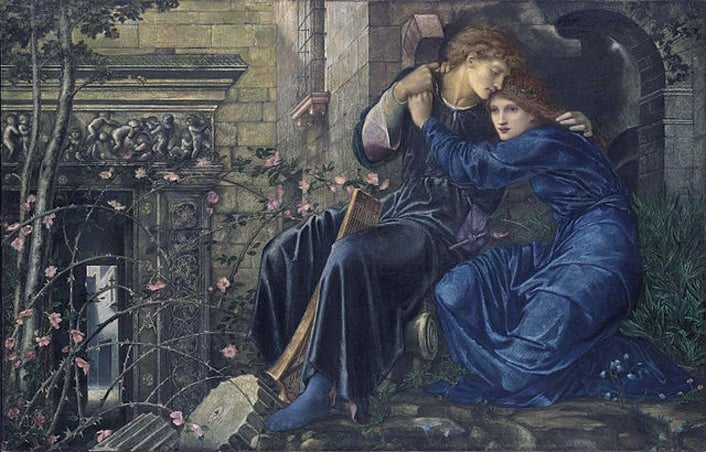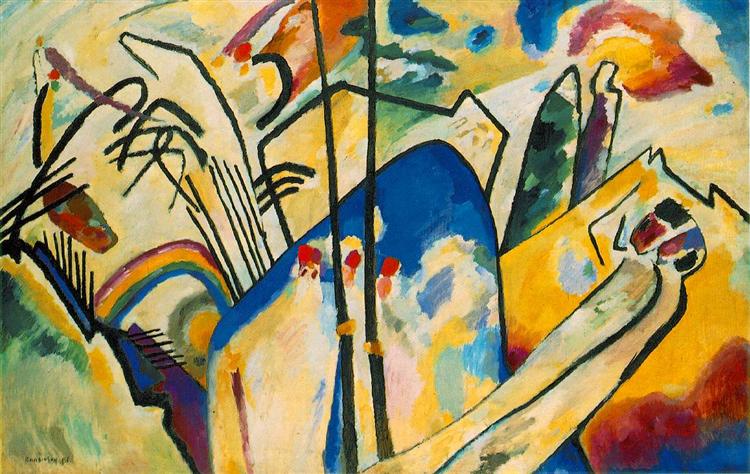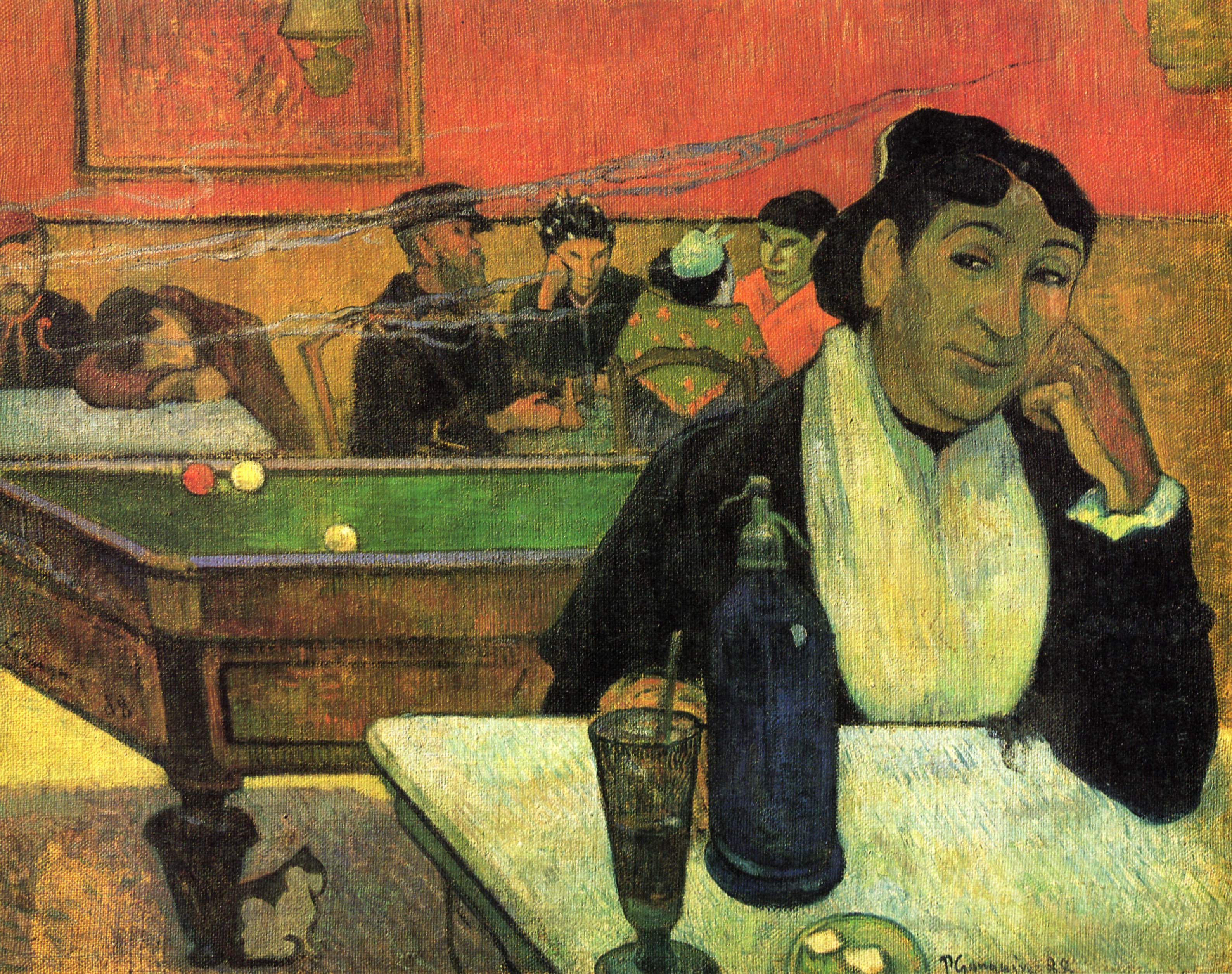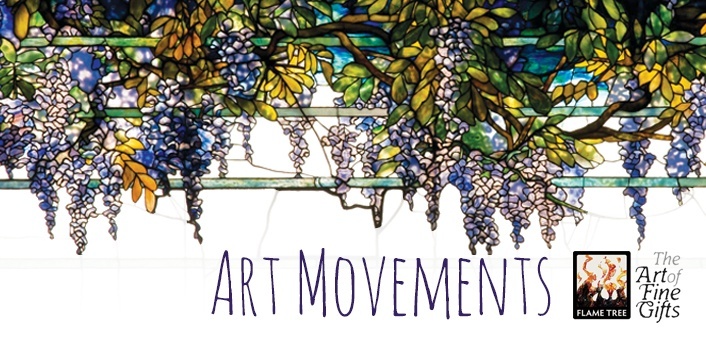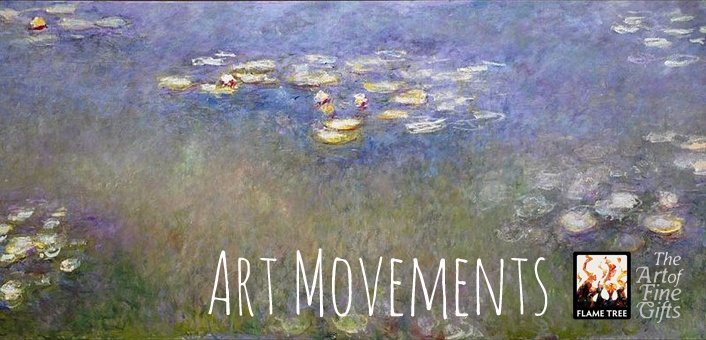John Singer Sargent (1856–1925) is hailed as one of the greatest portrait painters of his era. He is famed for his portraiture of aristocratic subjects and these have been compared with the work of painters like Velázquez (1599–1660) and Van Dyck (1599–1641) for their theatrical quality. Portraits are probably what he is most known for, but Sargent painted many subjects with many mediums. In this week’s blog we will be exploring some of these other avenues and looking at the many sides of John Singer Sargent.
Image Courtesy of Boston Library
Read More
Topics:
Masterpieces of Art,
Art Movements,
blog,
john singer sargent
Pop Art first emerged in the mid-1950s in both America and Britain. It was in part a reaction against the emotional seriousness and introspection of Abstract Expressionism, which had been affected by the experience of the Second World War. The term ‘Pop Art’ was coined in 1954 by the British-born critic and curator Lawrence Alloway (1926–90) to describe the ‘popular art’ and imagery produced by a mass culture that ‘high’ art had begun to pick up and use: flags, jukeboxes, badges, advertising logos, comic strips and magazines. After the intensity of Abstract Expressionism, Pop Art favoured irony and impersonal techniques in the creation of art works, as well as a return to figurative painting.
Read More
Topics:
Modern Art,
Art Movements,
pop art
Surrealism was primarily a literary movement, dominated by writers and poets, and the definitions of its manifestos were intended to apply to writing more than to painting. The term was first used by the poet Apollinaire in 1917 to suggest a heightened sense of realism, but in Paris in the mid-1920s it came to designate a new art movement, whose influence was widespread and lasting.
Read More
Topics:
Modern Art,
Art Movements,
surrealism
The clean, simple, pure forms of Neoclassicism arose as a counter movement to the frivolous Rococo style, particularly at a time when new discoveries from Pompeii were proving inspirational to artists. As a reaction against the Academies, however, the ideals of Romanticism – which favoured wilder, more emotional artworks – started to gain popularity. Offshoots of Romanticism began to appear throughout Europe, most notably in the work of the Nazarenes in Germany and the Pre-Raphaelite Brotherhood in England, who sought to take art back to a time before Raphael and his Classical influences had been a corrupting influence on art.
Read More
Topics:
pre-raphaelites,
Art Movements,
romanticism,
neoclassicism
Neoplasticism was a twentieth century Dutch artistic movement consisting primarily of artists and architects. Founded in 1917 in Amsterdam, it advanced abstraction, simplifying paintings to the bare essentials of form and colour; for example only primary colours and black and white would be used alongside squares, rectangles or straight horizontal and vertical lines. Cubist painting and Neopositivism influenced the movement and Dutch artist Piet Mondrian (1872–1944) outlined the principles of Neoplasticism in his essay ‘Neo-Plasticism in Pictoral Art’. The movement would start to influence architecture, interior design, fashion and famously the German art school Staatliches Bauhaus, commonly known as Bauhaus.
Read More
Topics:
Piet Mondrian,
Art Movements,
neoplasticism,
bauhaus
Haunting, wild, evocative: the dramatic landscapes of J.M.W. Turner (1775–1851) and Caspar David Friedrich (1774–1840) convey many of the ideals of Romanticism, an exciting artistic era that emerged out of various reactions to Neoclassicism, the Age of Reason, the French Revolution and the Industrial Revolution. These richly diverse works prioritized imagination and emotion, valuing the sublime and the atmospheric by bringing the response of the artist into play.
Read More
Topics:
J. M. W. Turner,
Masterpieces of Art,
Art Movements
The Renaissance period occurred from the 14th to the 17th century, starting in Italy and spreading to the rest of Europe to mark the fall of the Middle Ages and the rise of the Modern world. New techniques and artistic sensibilities began to emerge alongside a new humanist philosophy, which demonstrated itself in all areas of thinking, including art, architecture, literature, music, politics, religion and science.
Read More
Topics:
Leonardo da Vinci,
Michelangelo,
Art Movements,
renaissance art
Art in the twentieth century, like the social environment in which it was produced, underwent a process of constant and rapid change. Painting in Europe no longer had to represent external reality through a series of pictorial conventions – historical events could be accurately recorded instead through the newer media of photography and film. Changes in the structure of the art market, too, away from the grand public ‘Salons’ to a system of private galleries and collectors, meant that paintings could be smaller, more personal and more experimental. Artists could respond to the changing reality around them and could also aim to be ‘modern’: to produce paintings that were innovative and exciting, full of radical new effects and new meanings.
Read More
Topics:
Edvard Munch,
Vincent van Gogh,
Modern Art,
Art Movements
The twentieth century saw many radical changes in people’s lives: an increased pace of technological and industrial change; the rapid spread of large urban centres; the development of new means of transportation and communication; innovative scientific discoveries such as the X-ray and the theory of relativity; the growth of consumerism on a large scale; and the chilling reality of mass warfare. Against this background of social, political and technological developments, Western art also underwent a series of radical shifts.
Read More
Topics:
Art Deco,
Art Nouveau,
Art Movements,
futurism,
bauhaus
Inspired by the RA’s new exhibition on Painting the Modern Garden, of which Monet’s stunning Garden of Giverny paintings are a big part, this blog takes a look at one of the most popular art movements: Impressionism. We put it into context – with a brief look first at Realism in France, and its move away from classical art; as well as an exploration into how it formed the roots of Post-Impressionism.
Read More
Topics:
art of fine gifts,
Claude Monet,
Impressionism,
Post-impressionism,
Art Movements

